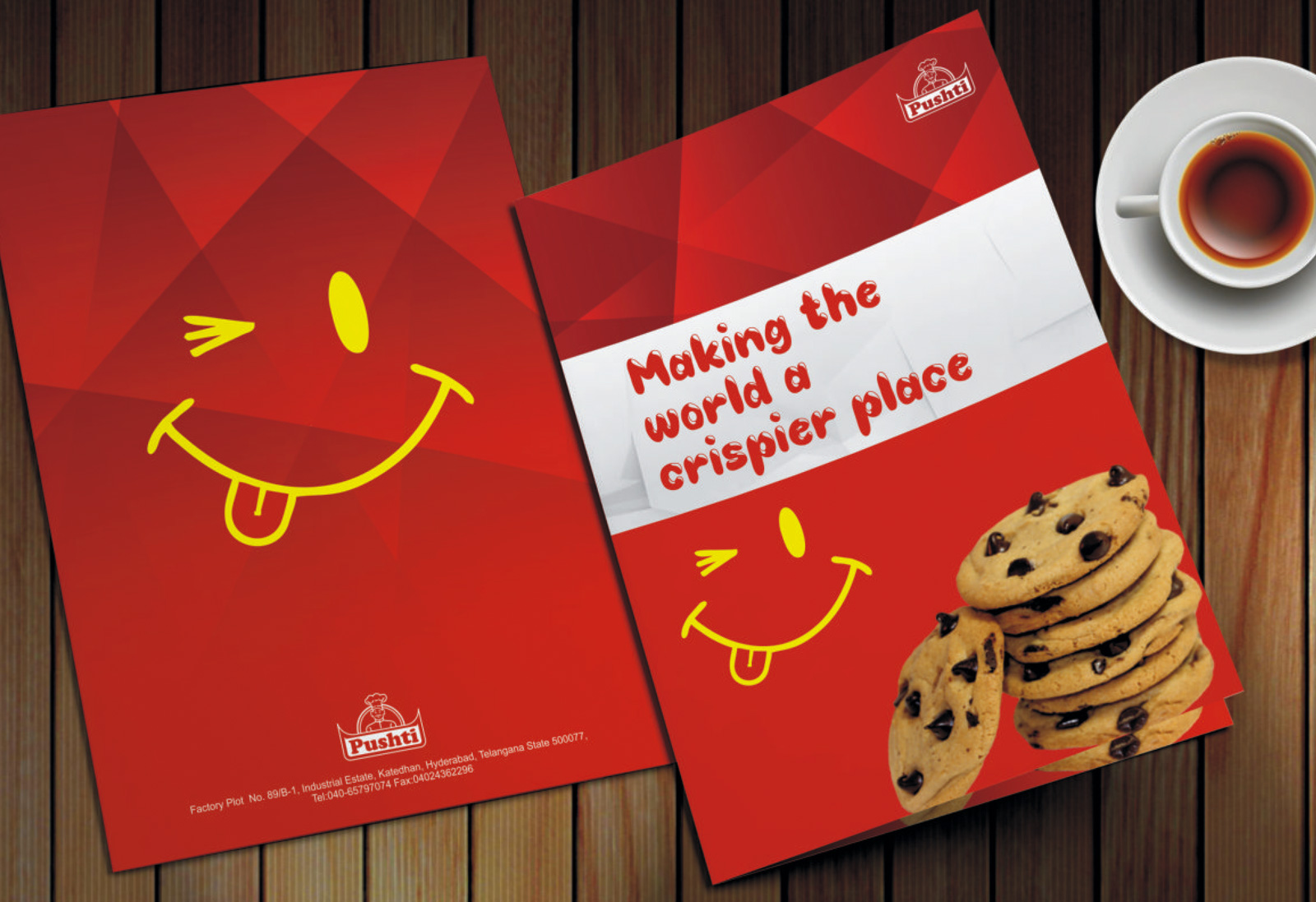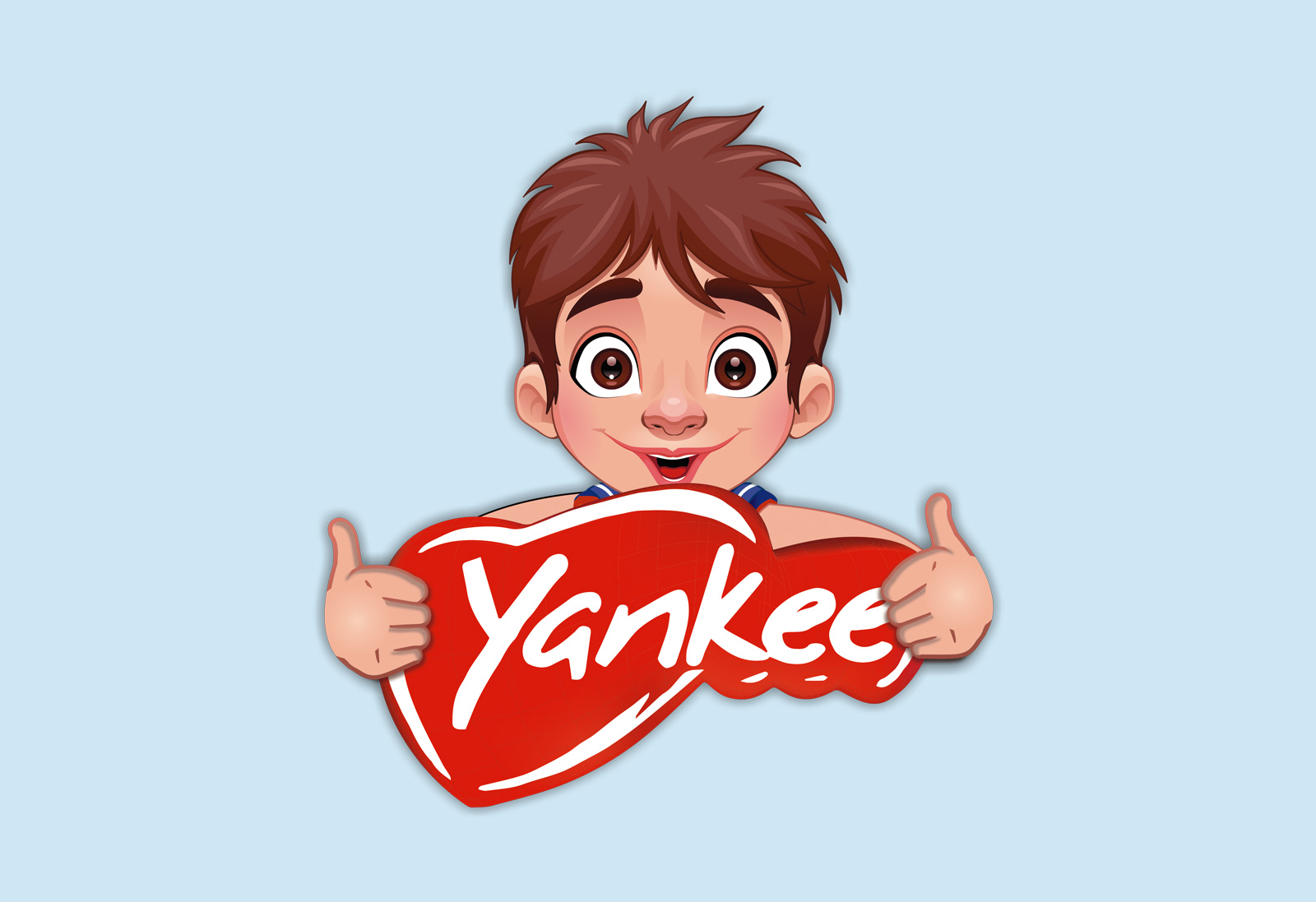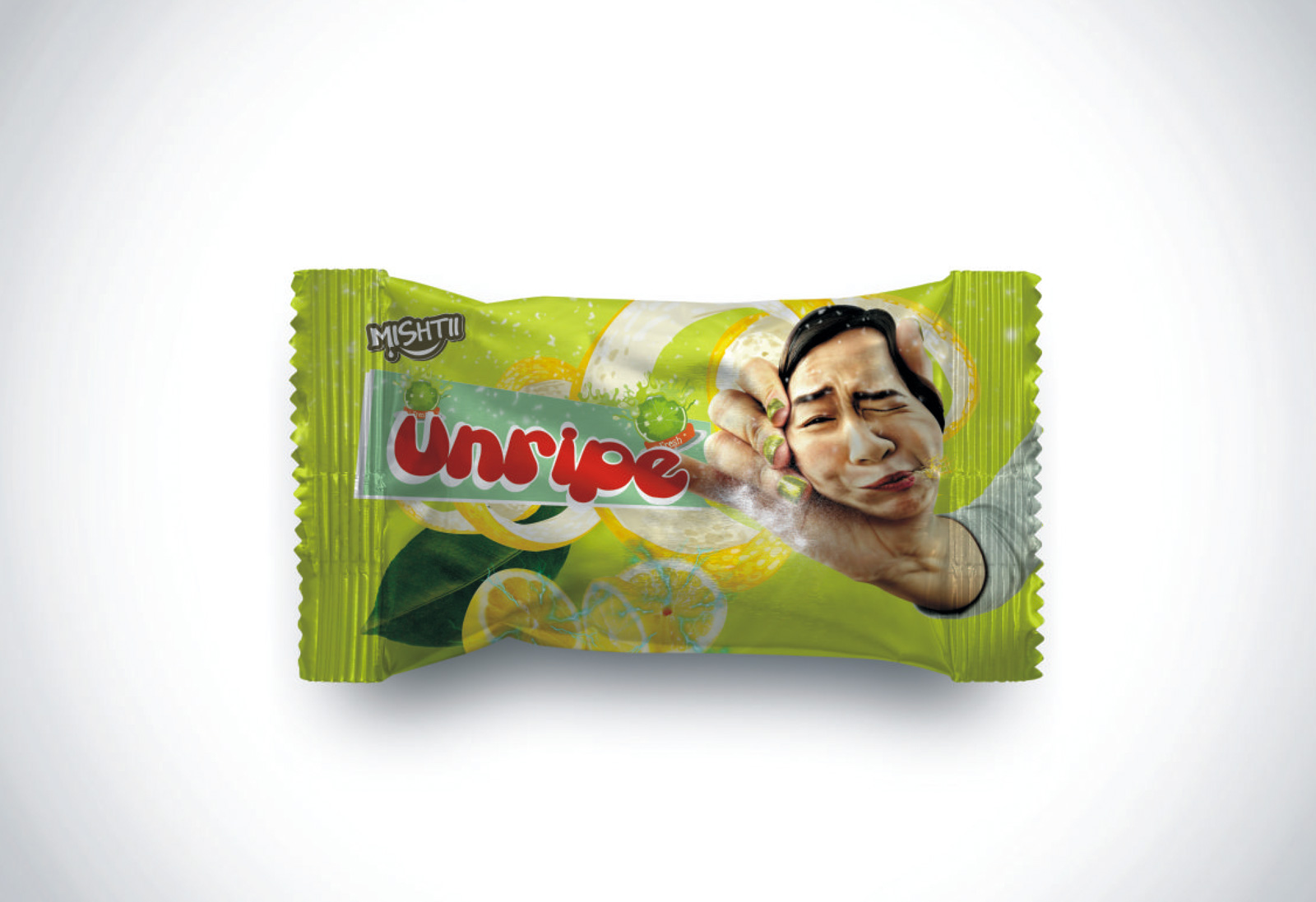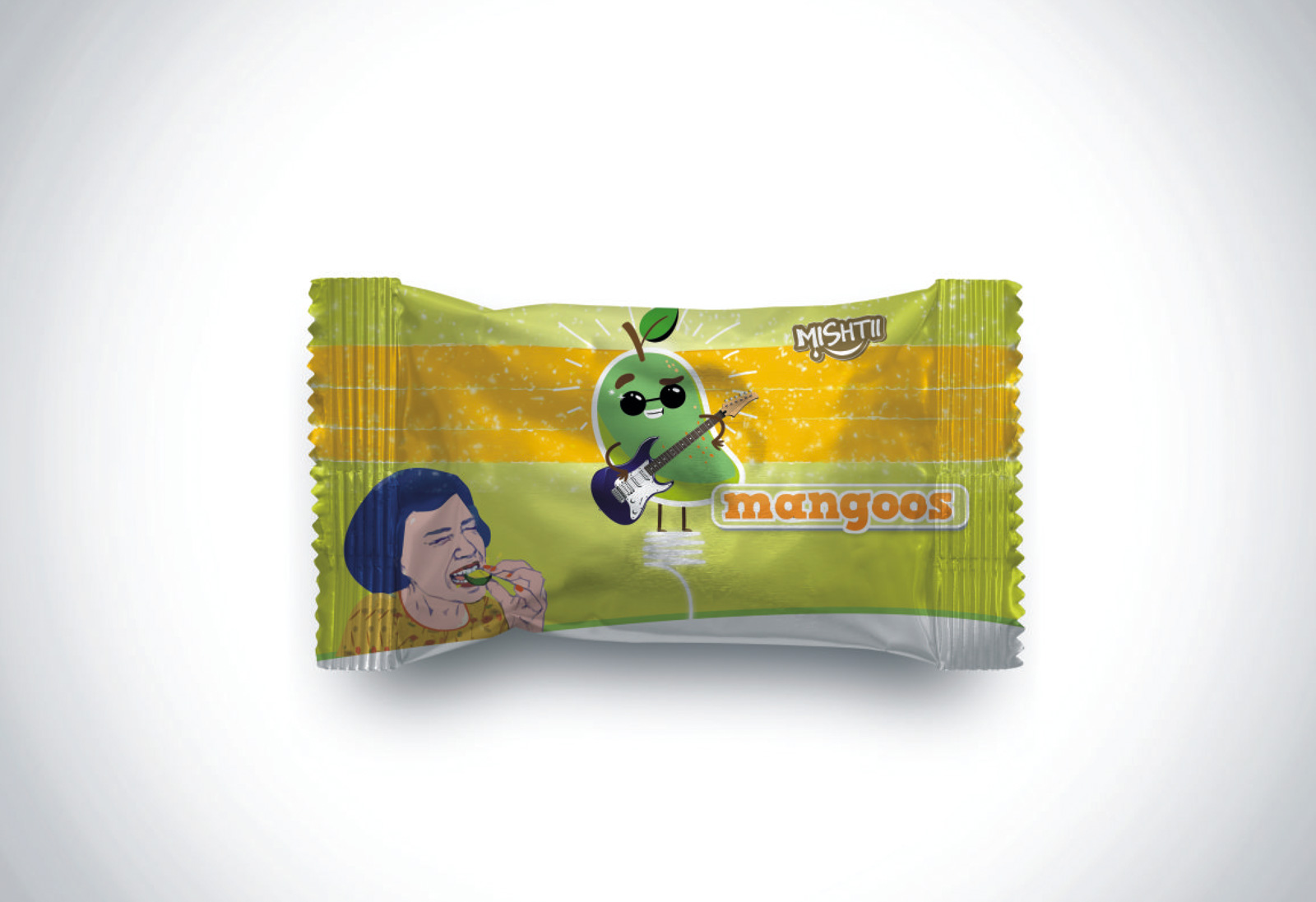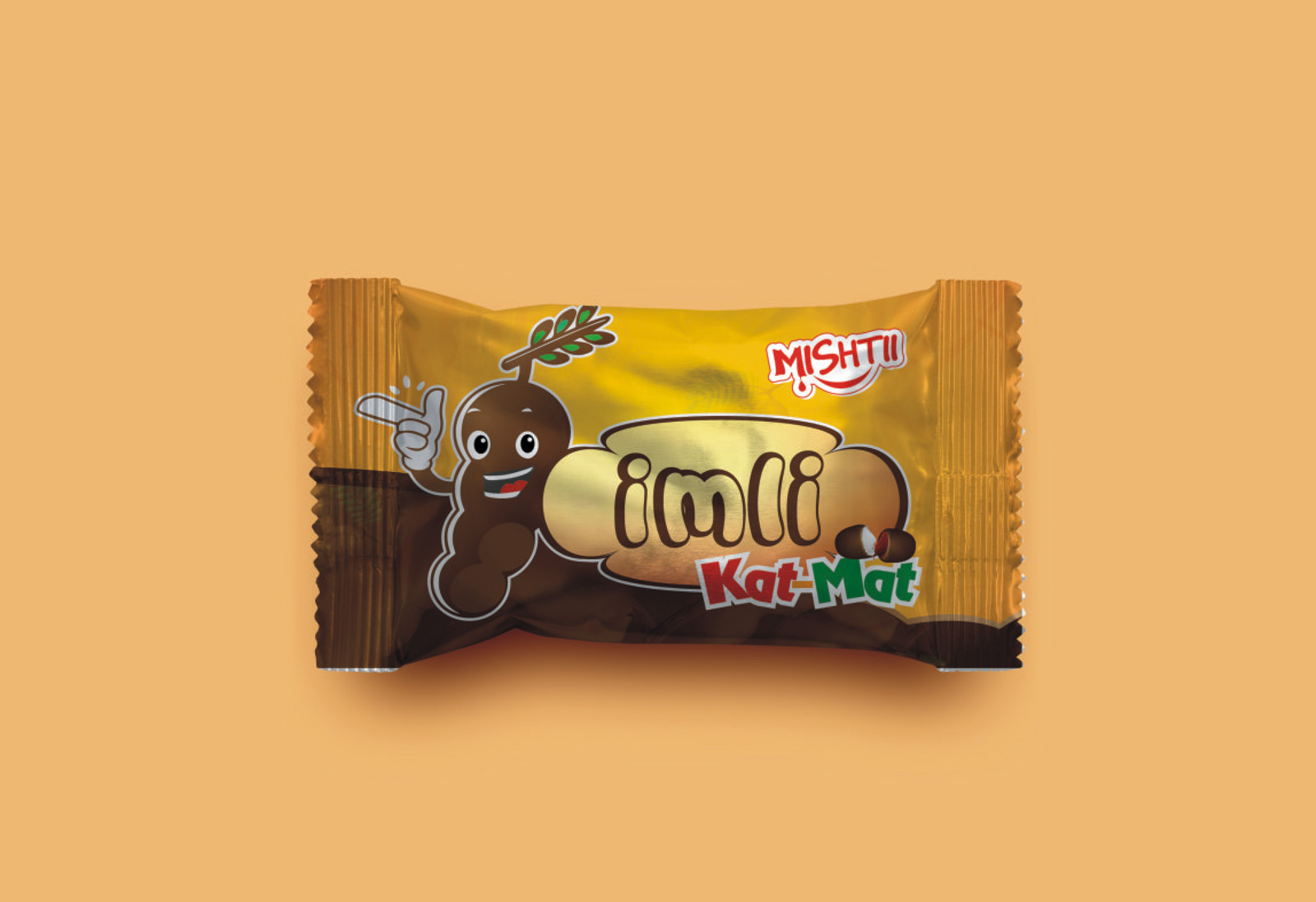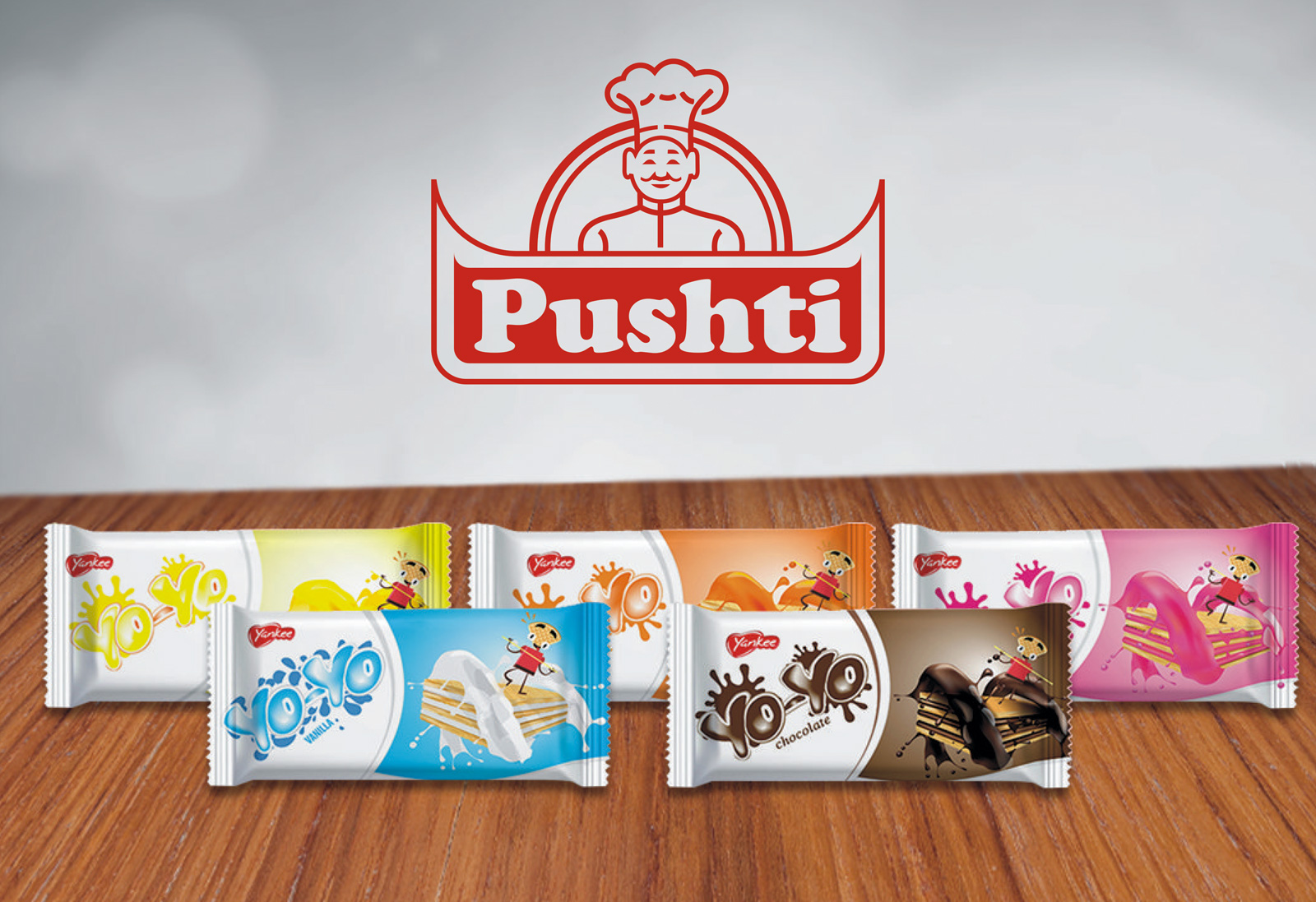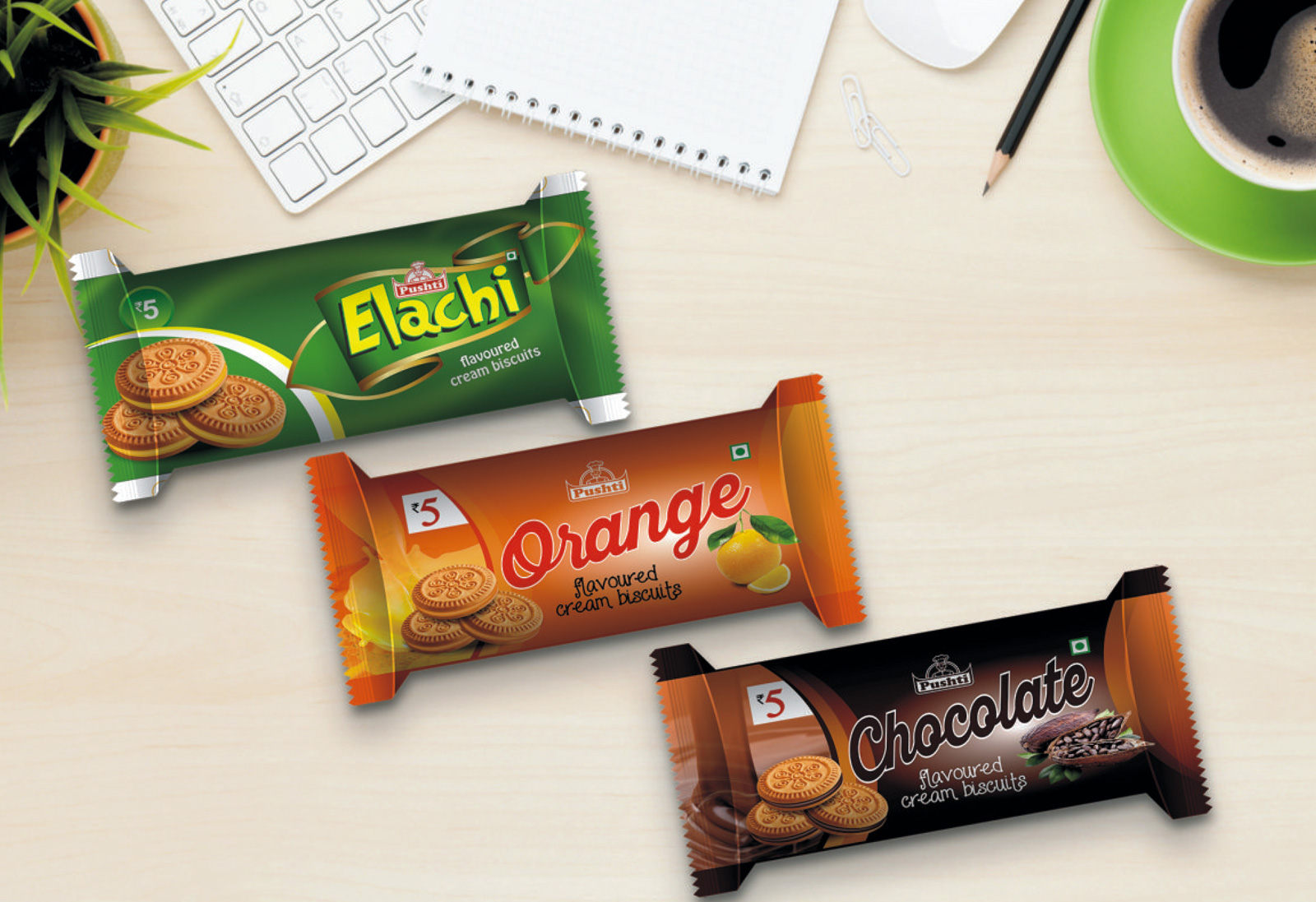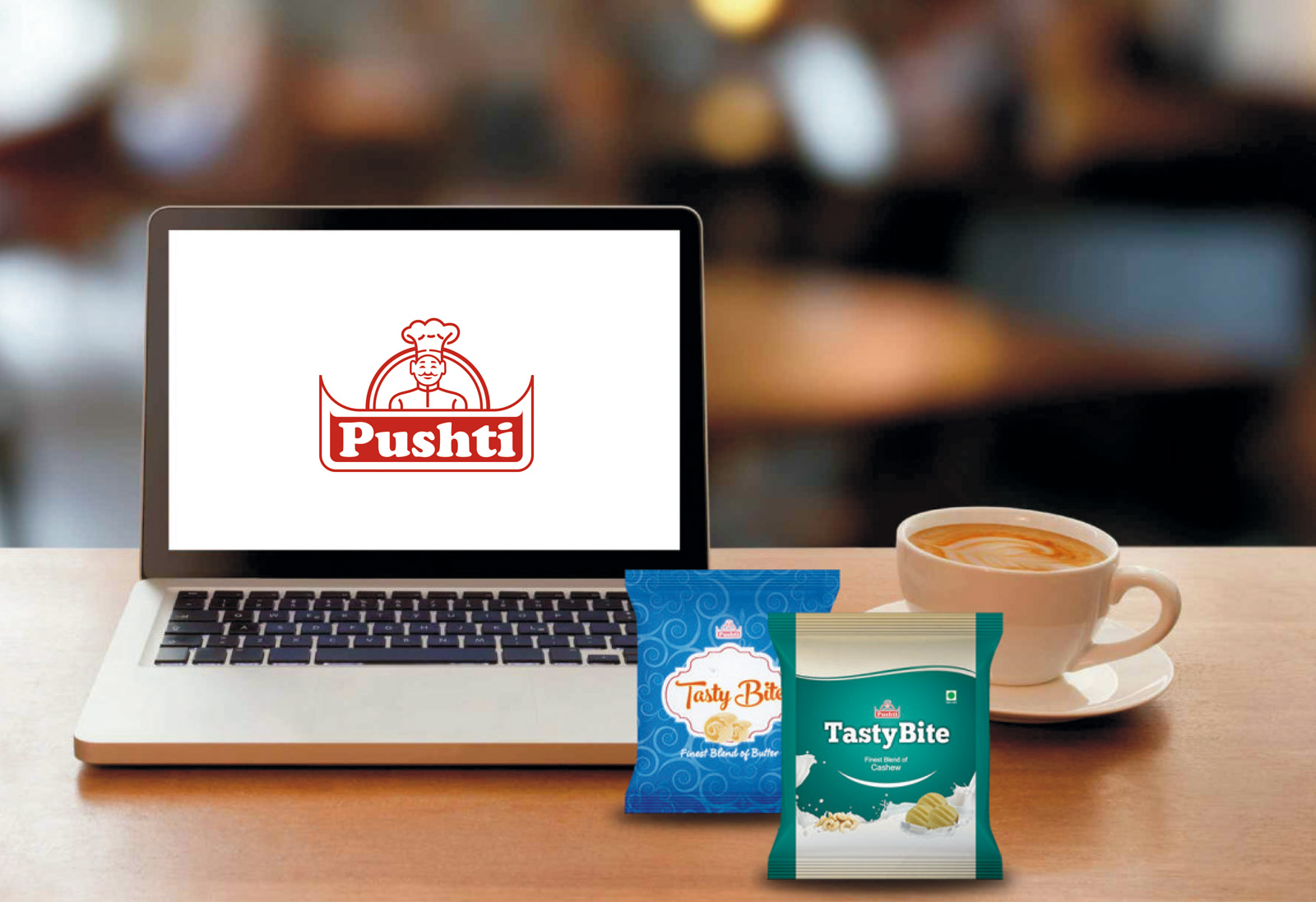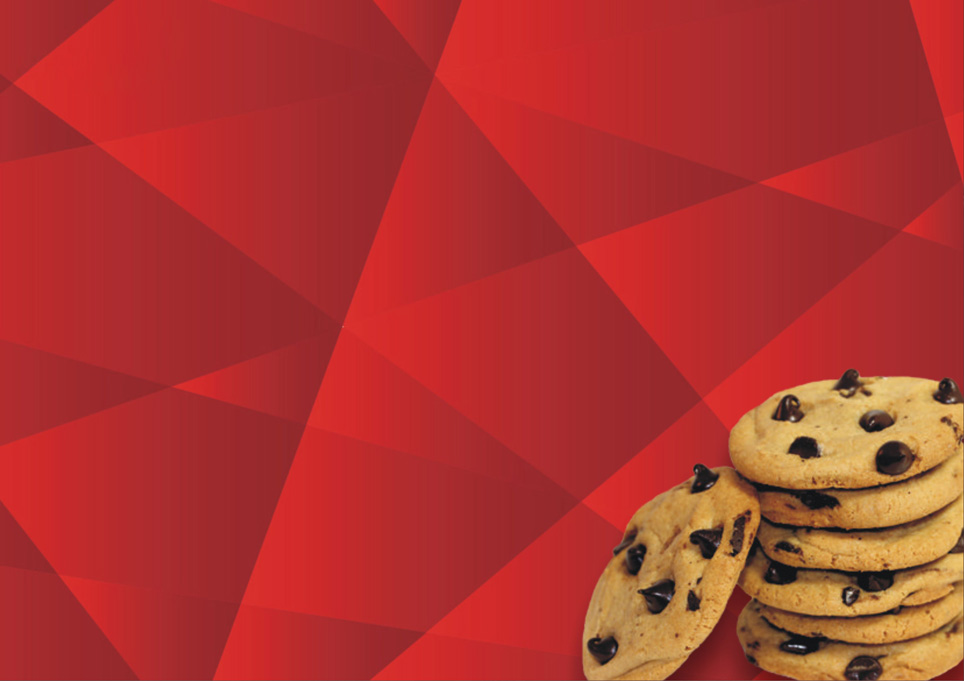

“Rebrand & Repackage!”
A tailored mission to relaunch the brand with a modern twist!
Summary
An eventful journey was started by Chairman Shri.Pradeep Kumar Sanghi in the year 1987 at Hyderabad, Telangana. The company was then known as APS Foods and catered to a host of a diverse category of people. It had a clear mission of giving quality food products in the biscuit & bakery segment at reasonable prices.
Over the years they have grown into a conglomerate of more than three diverse food companies catering to a large variety of biscuit, bakery and confectionary products. Pushti Group is one of the fastest growing biscuit manufacturing companies of the country, and we look forward to gaining more customer satisfaction to widen our market in the years ahead.
Challenge
Many candy brands/toffees have entered the Indian market as international as well as Indian companies are expanding and experimenting in the segment. The confectionery market in India is valued at $1.5 billion, growing at a two-year CAGR of 9%, as per Nielsen India. Various reports suggest that India is the fastest growing confectionery market among the BRIC countries. India’s increasing population, rising disposable income coupled with innovative product offerings by major players, their aggressive marketing strategies and robust supply chain networks with increasing penetration in rural areas are a few of the major factors fuelling the demand of candies in India, as per a TechSci Research report.
Confectionery falls under the impulse purchase segment, and (generally) does not witness any in-store promotions and offers. Confectionery items are stacked near store check-outs, luring customers, who while billing, tend to add some items to their shopping basket.
Insights
The confectionery industry is not a science-based industry: it is an industry that has been built on the confectioner's craft. Confectionery is normally divided into three classes: flour confectionery, chocolate confectionery, and sugar confectionery. Flour confectionery covers products that are made from flour and are baked. Chocolate confectionery consists of chocolate. Sugar confectionery covers the rest of confectionery.


